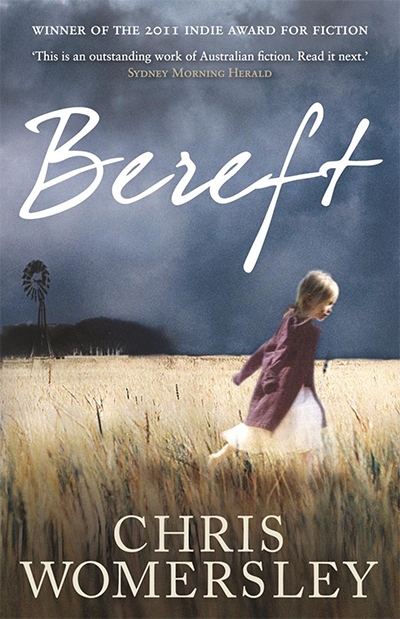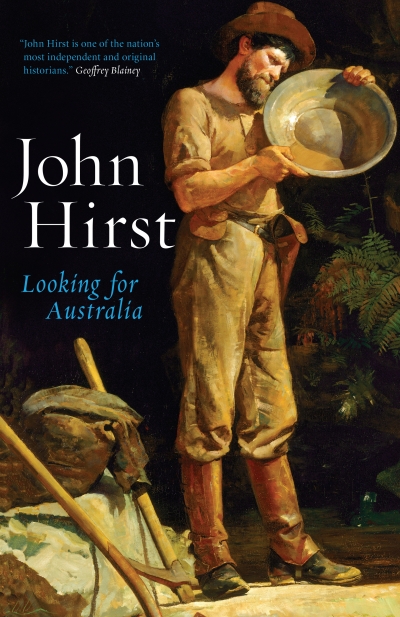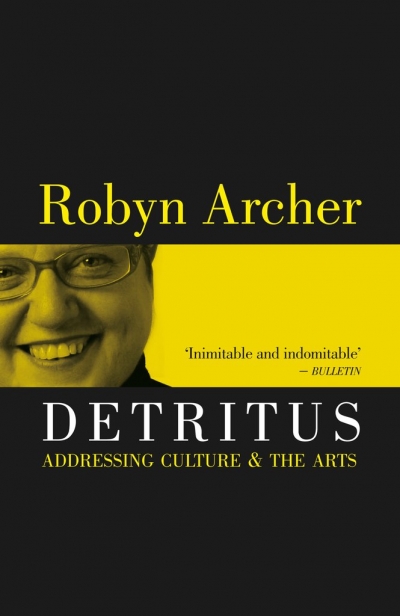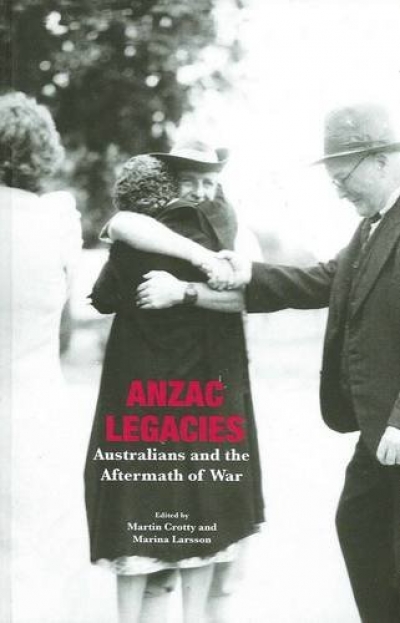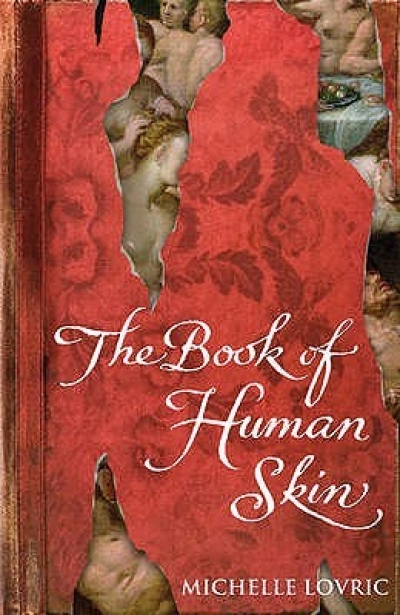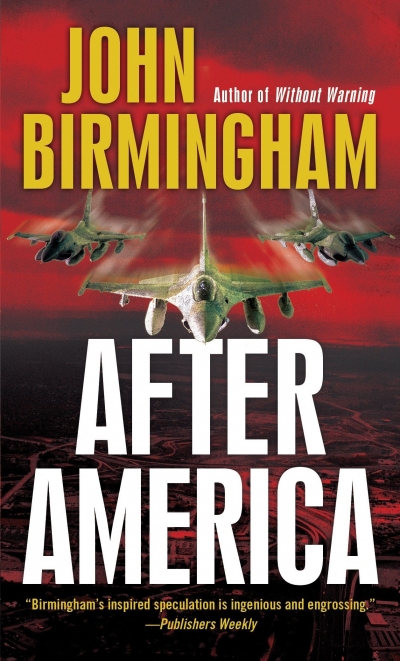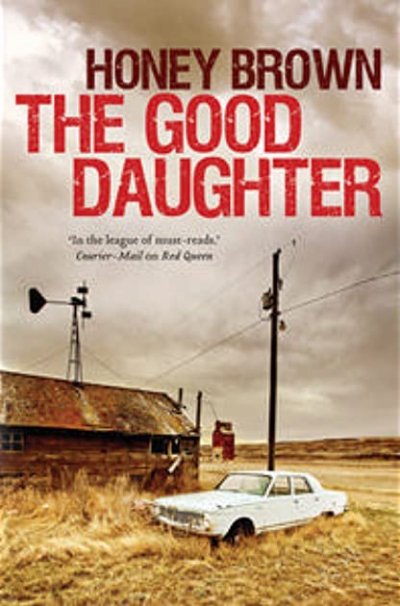Archive
''Tirra Lirra' and Beyond - Jessica Anderson’s truthful fictions' by Susan Sheridan
by Susan Sheridan •
‘Everyone I talk to remembers Tirra Lirra by the River as a wonderful book, sometimes even as a life-changing one. But why don’t we hear anything about it today?’ This was a young journalist who ... ... (read more)
Detritus: Addressing Culture and the Arts by Robyn Archer
by Alison Broinowski •
Anzac Legacies: Australians and the Aftermath of War edited by Martin Crotty and Marina Larsson
by Alistair Thomson •

